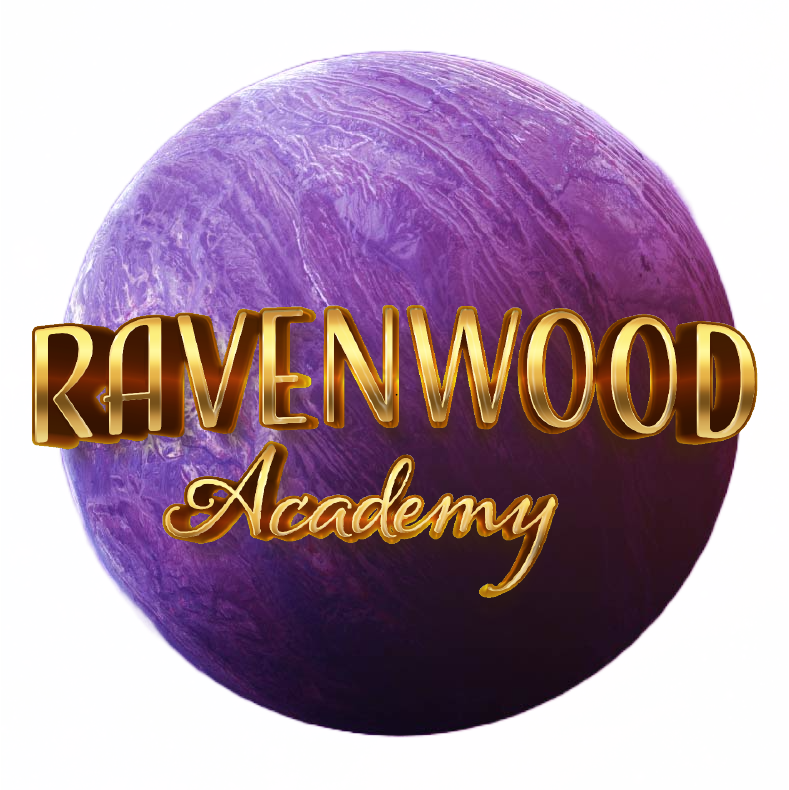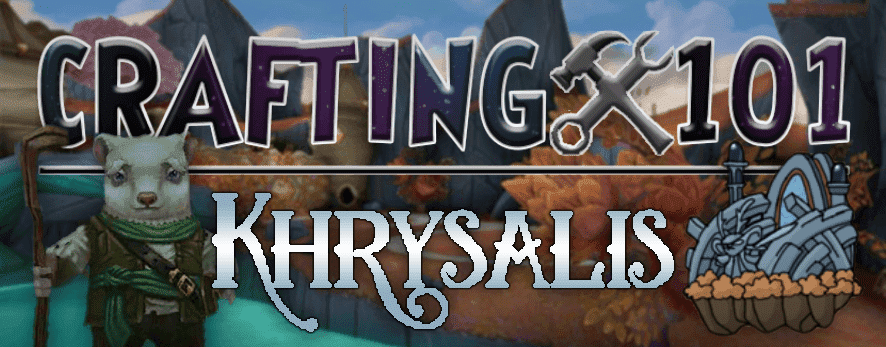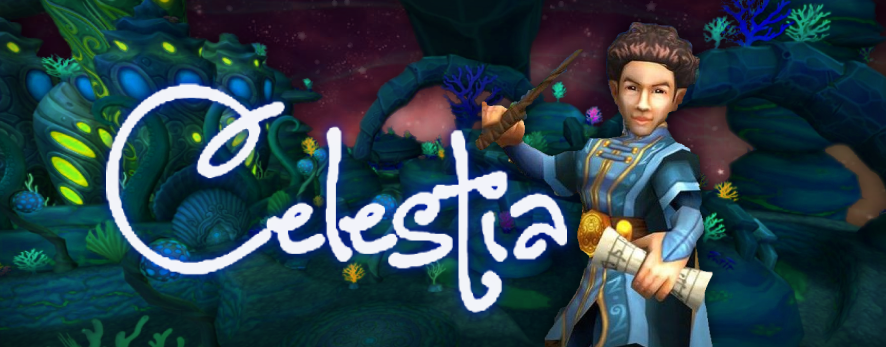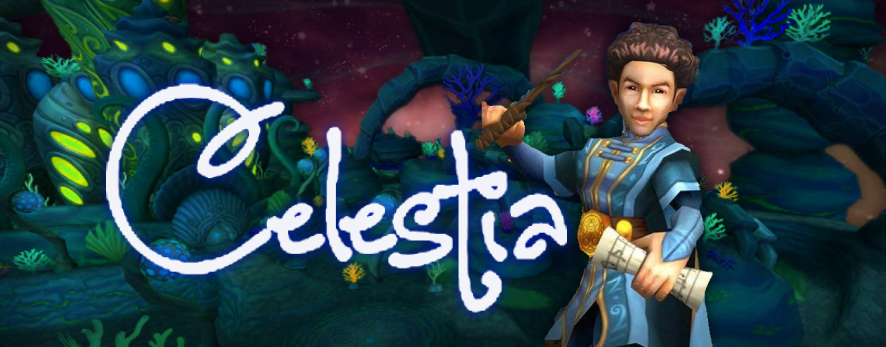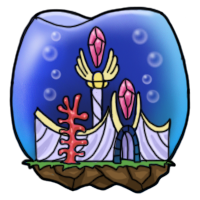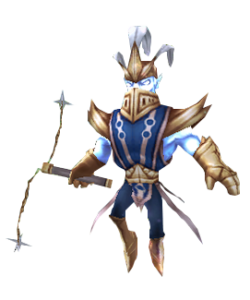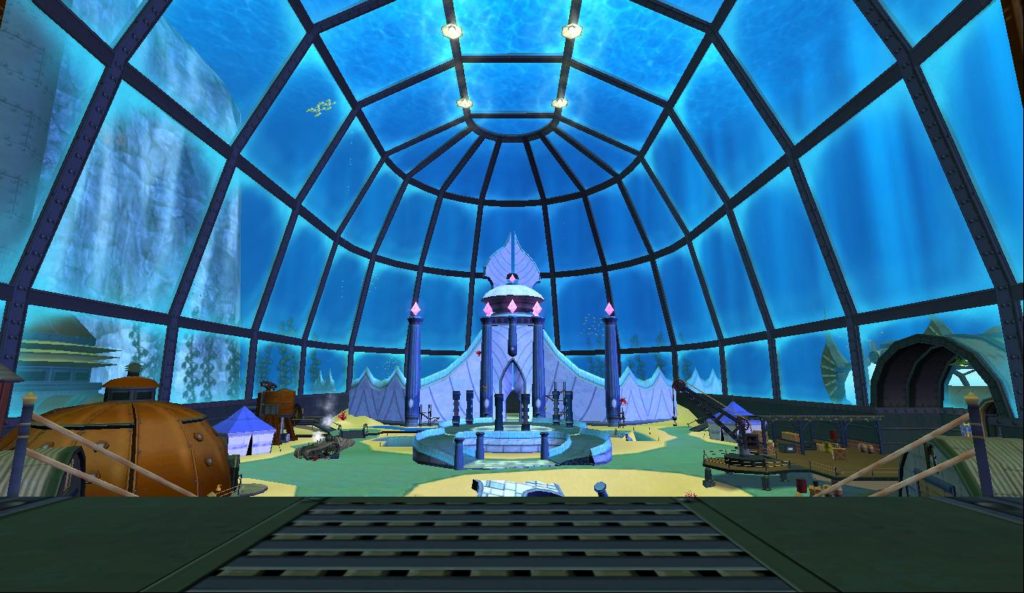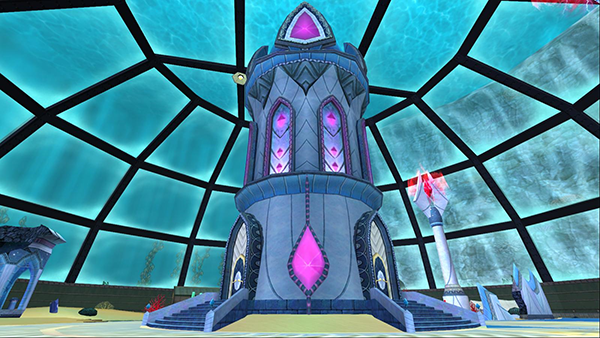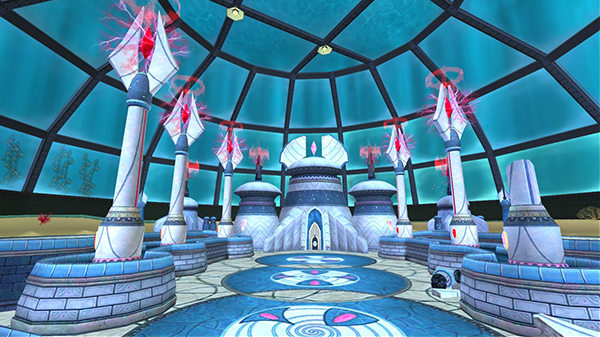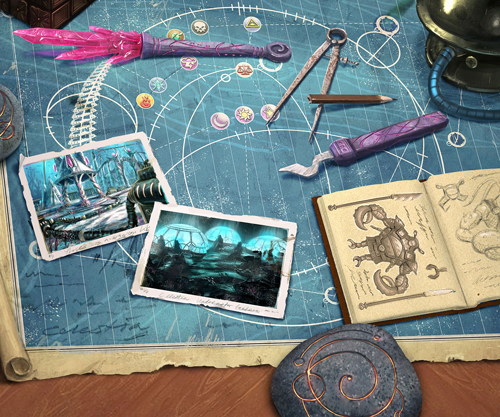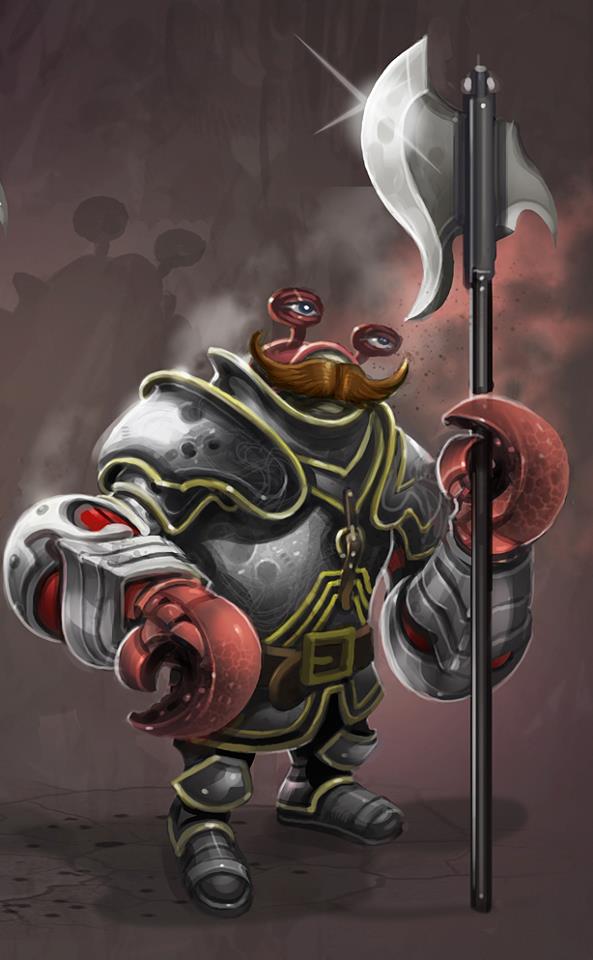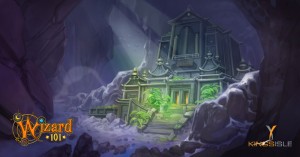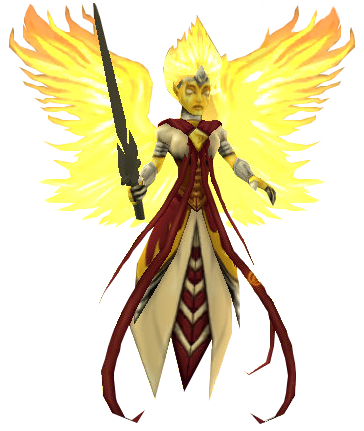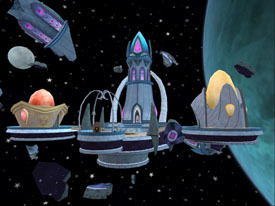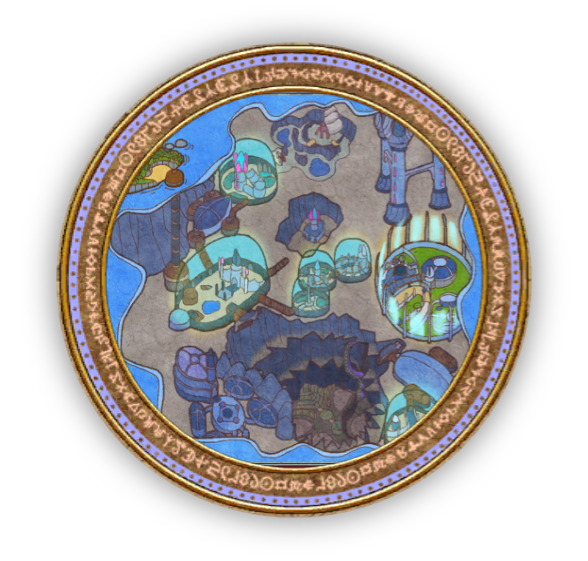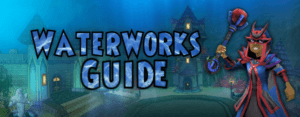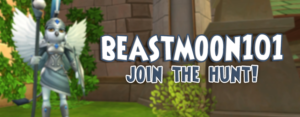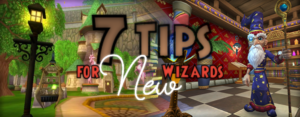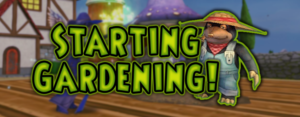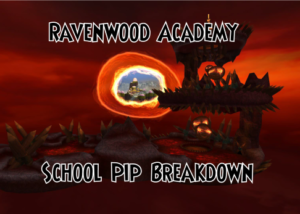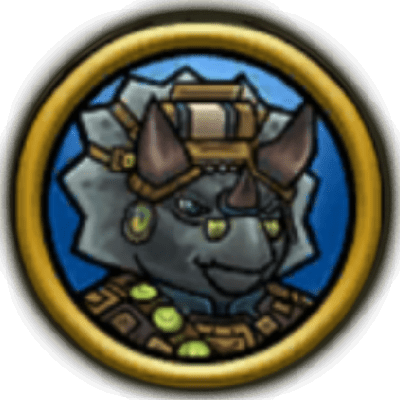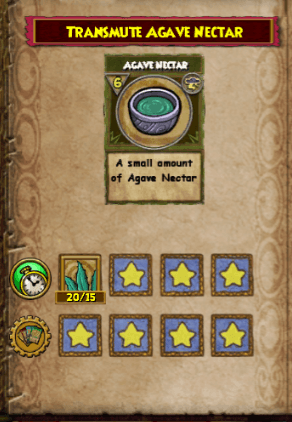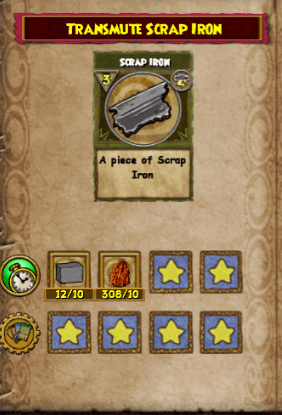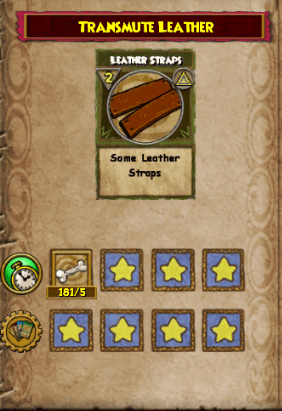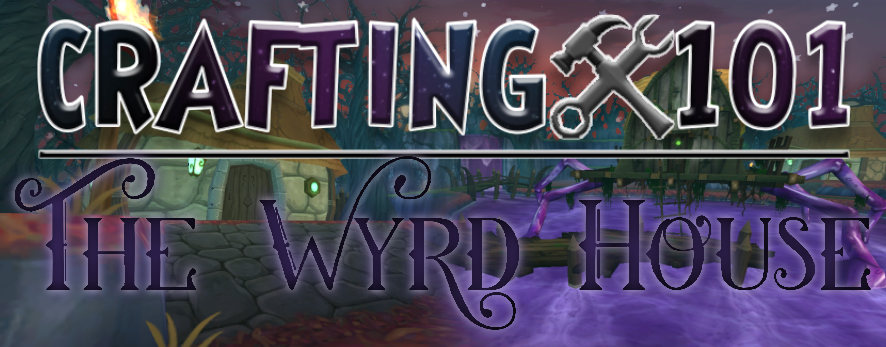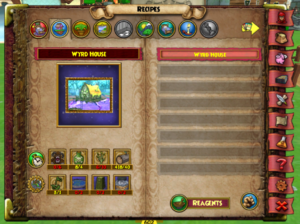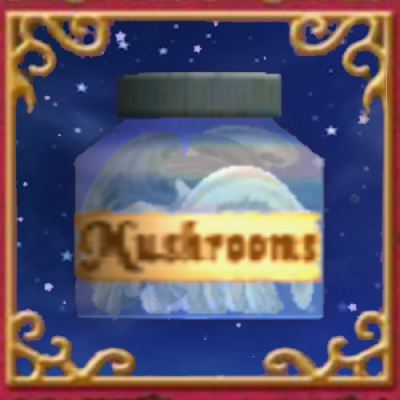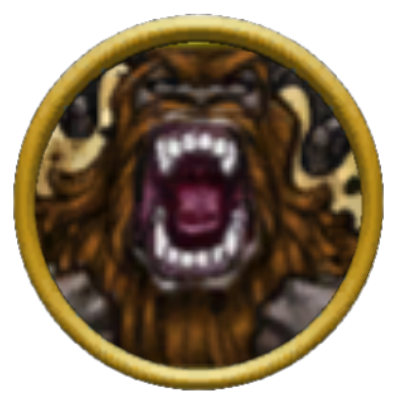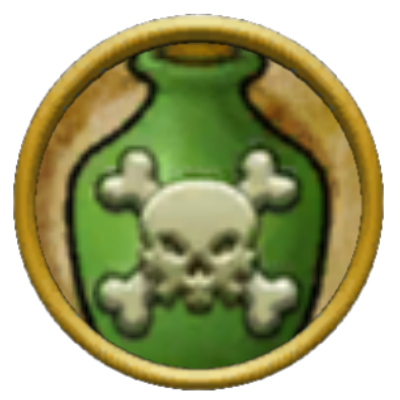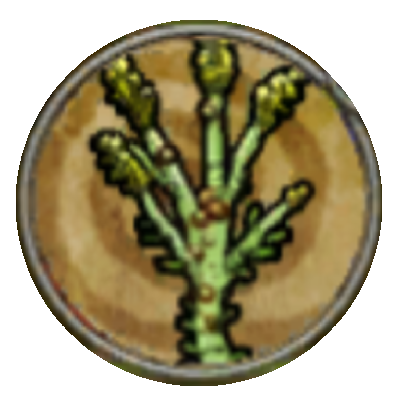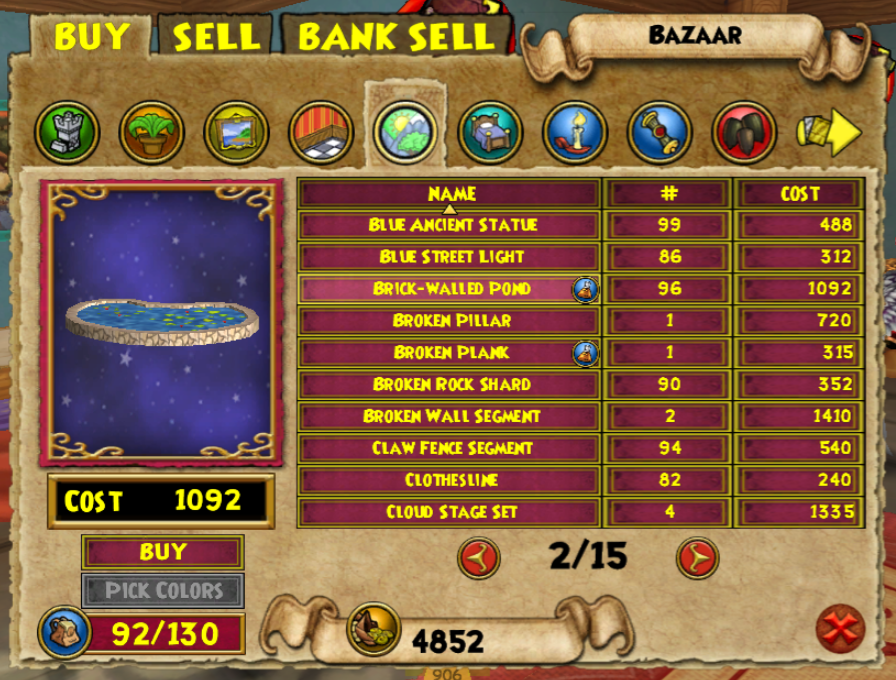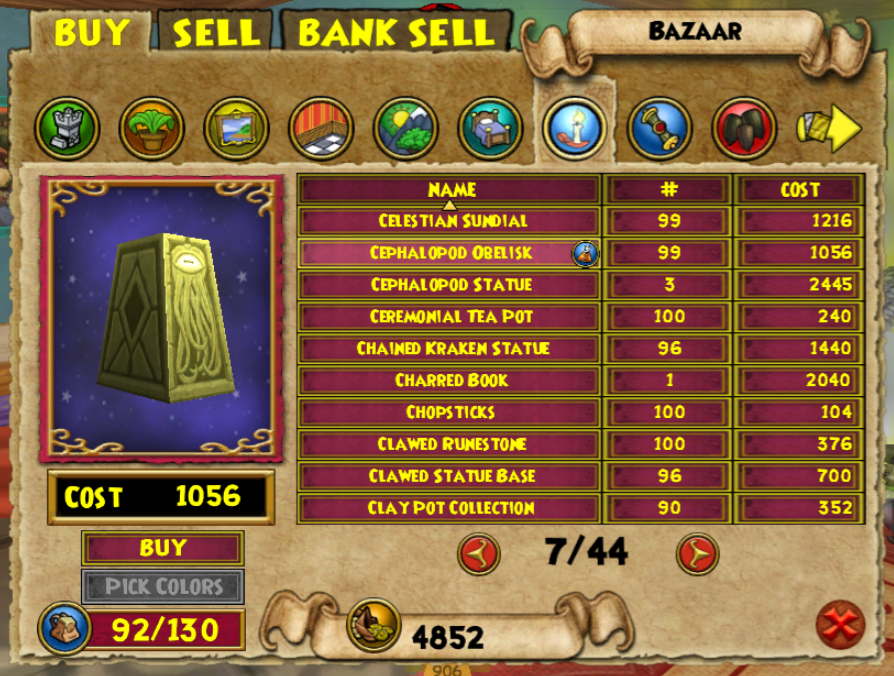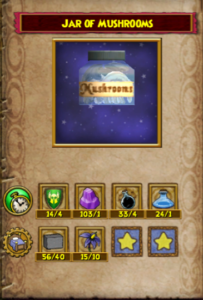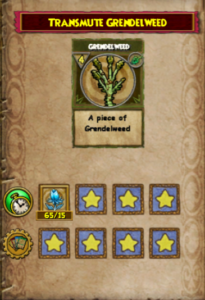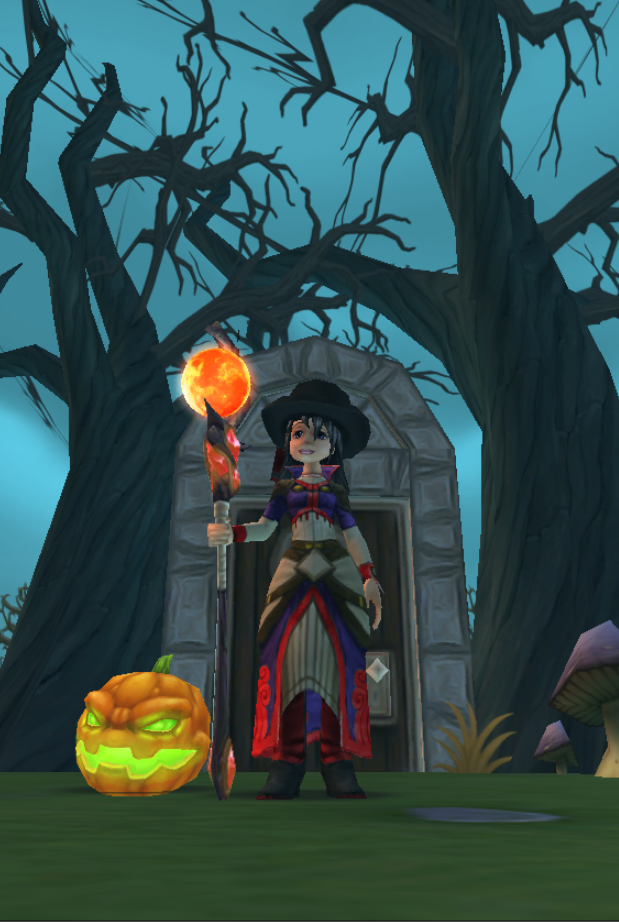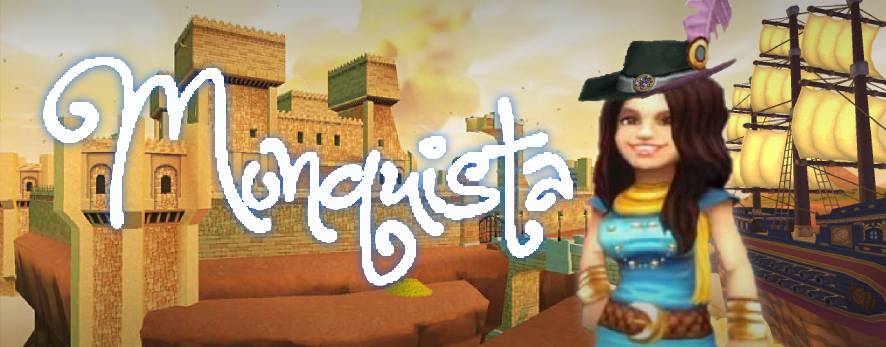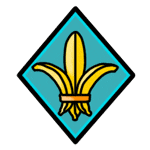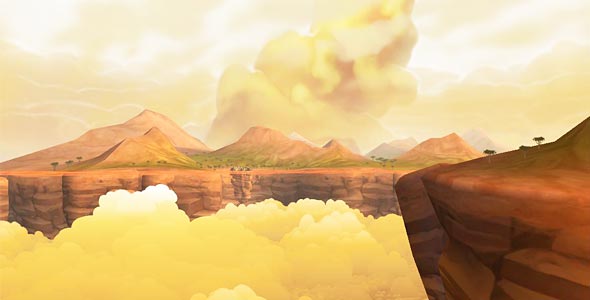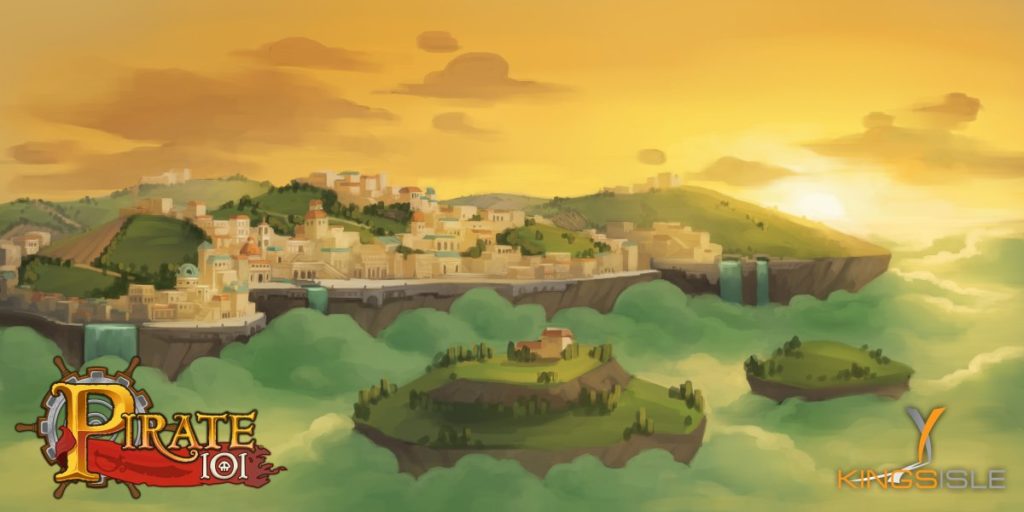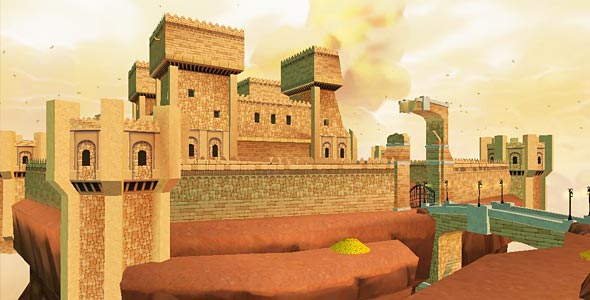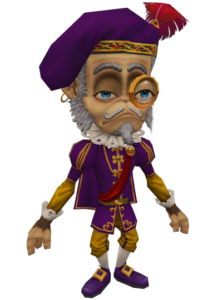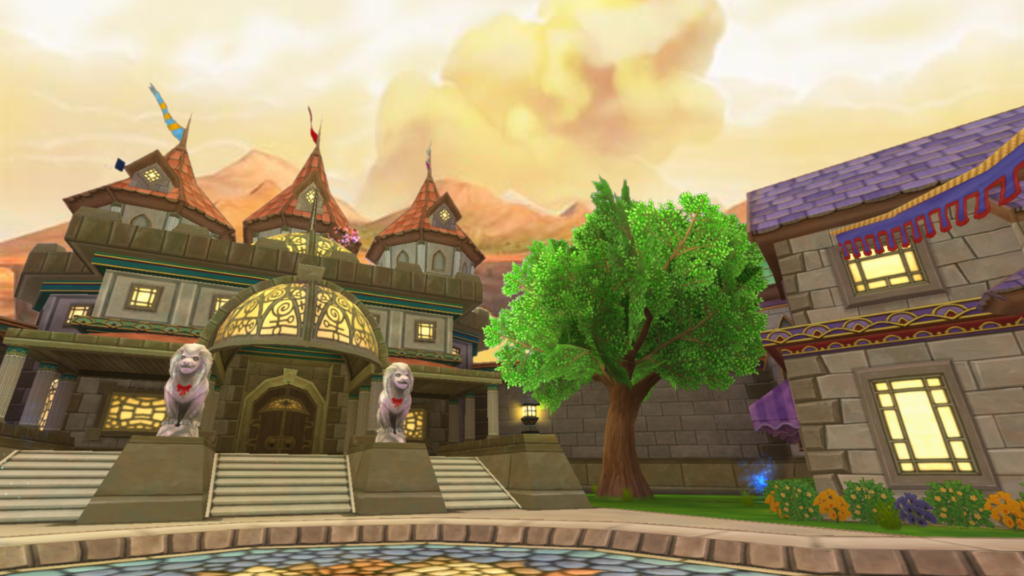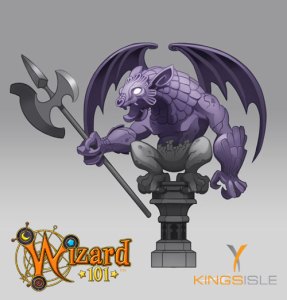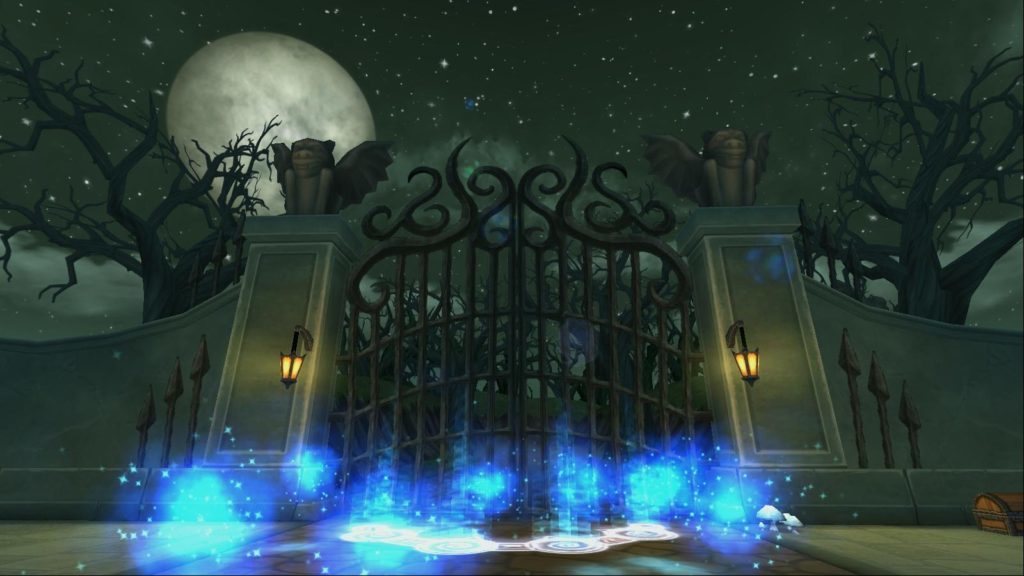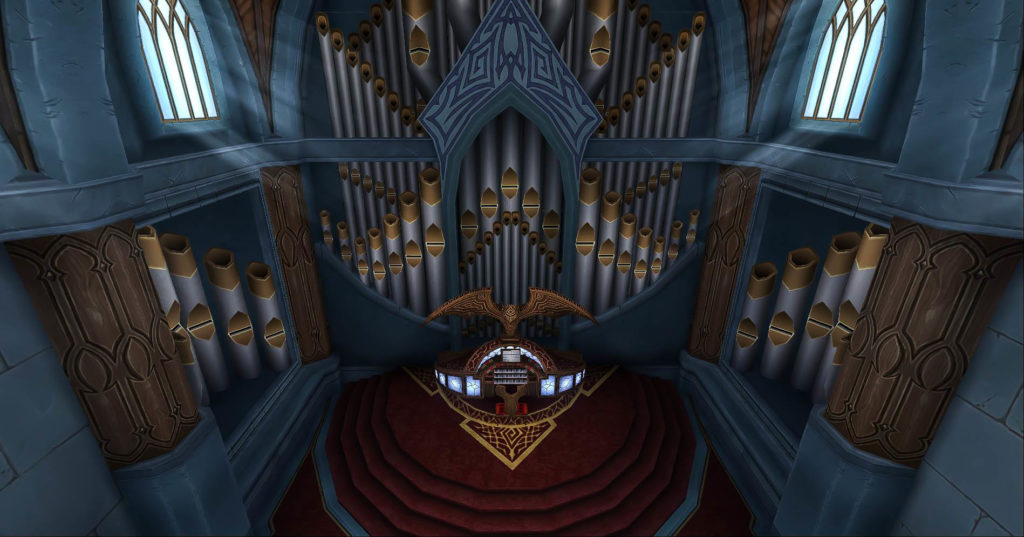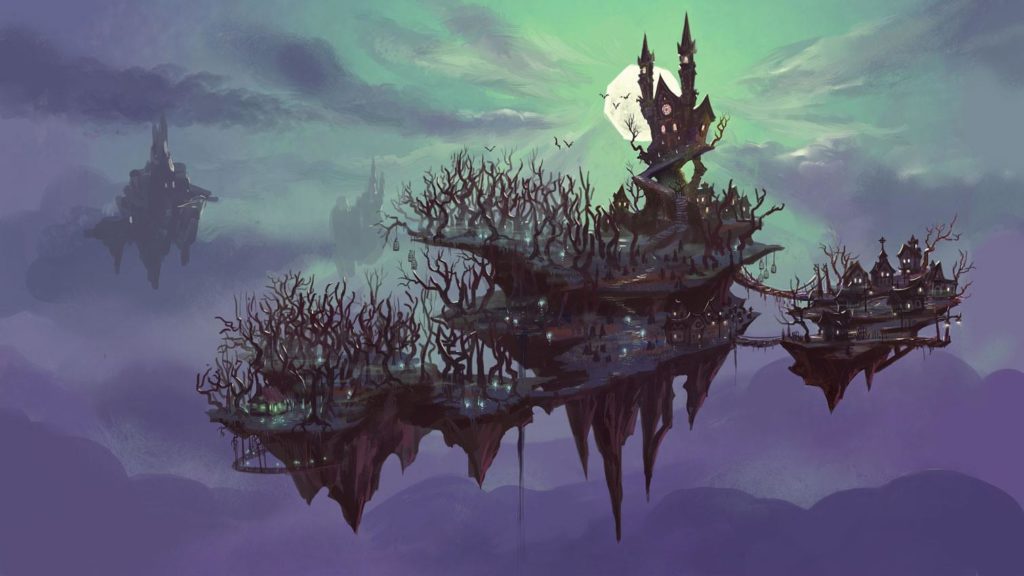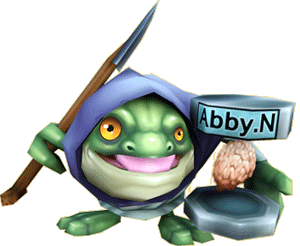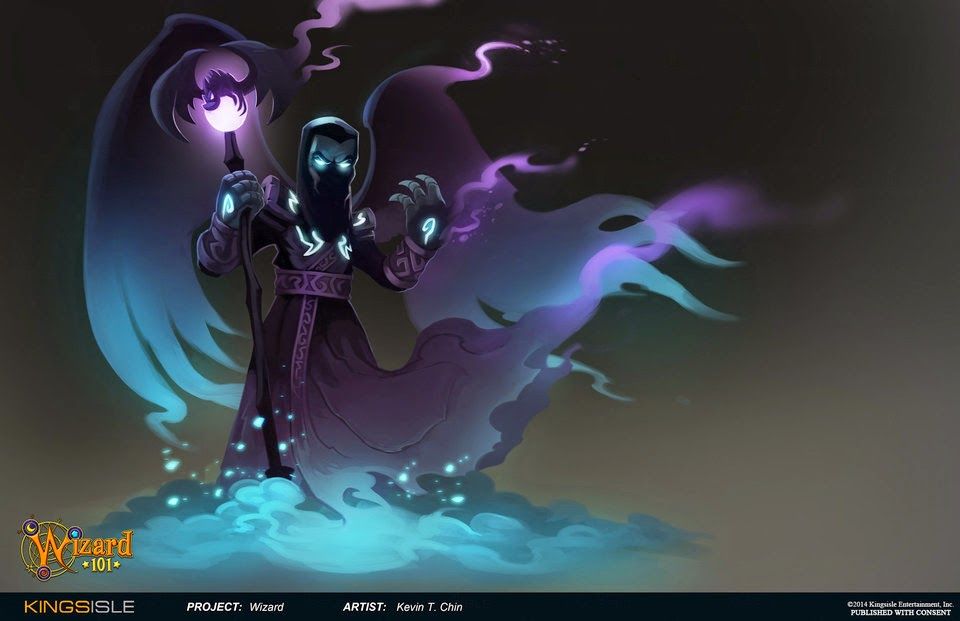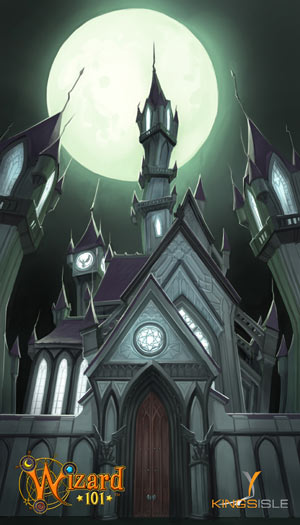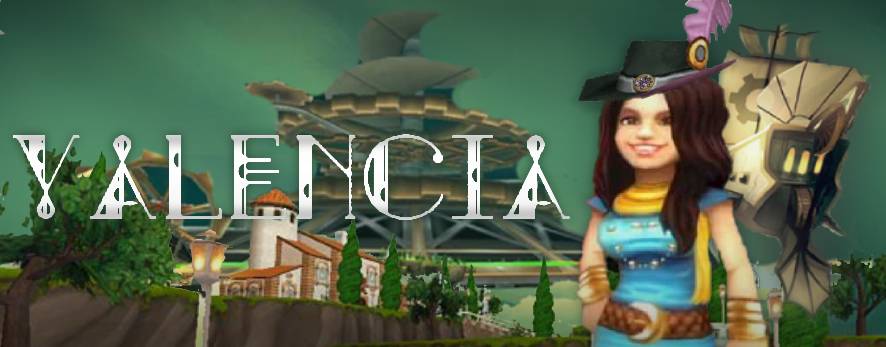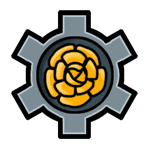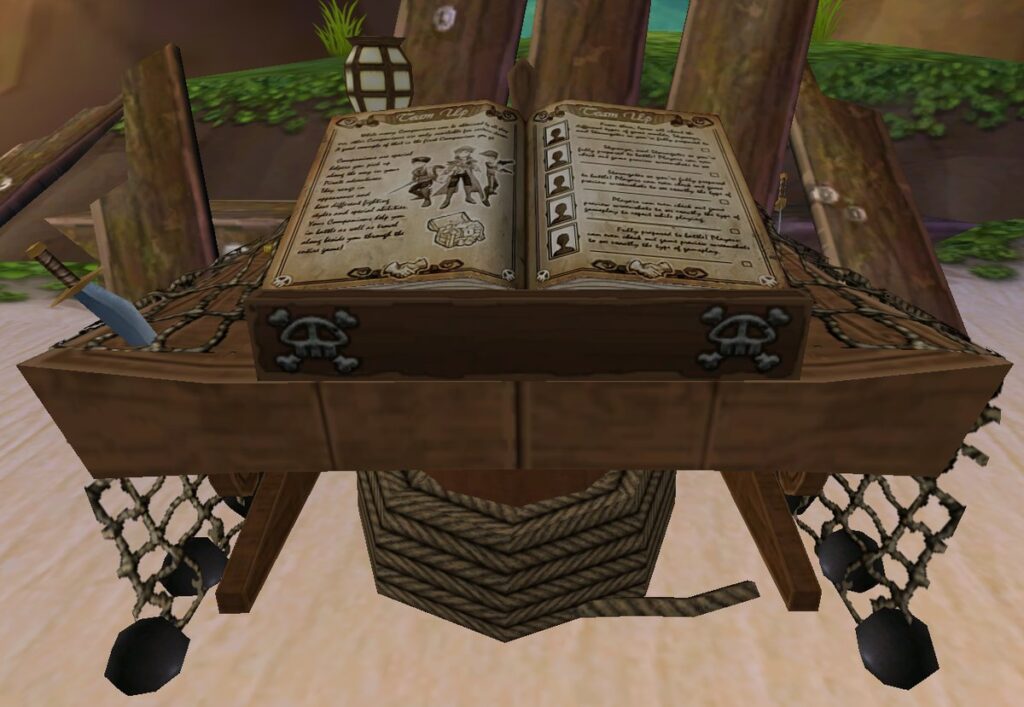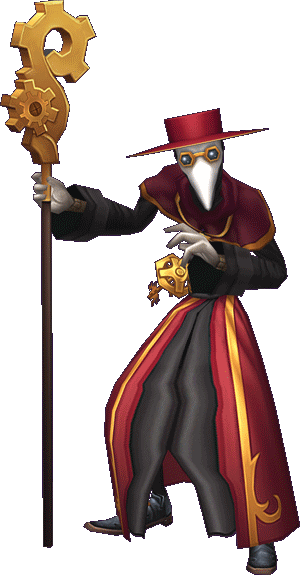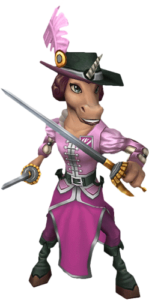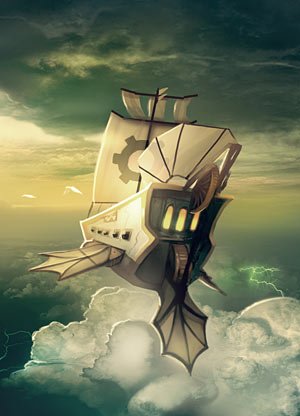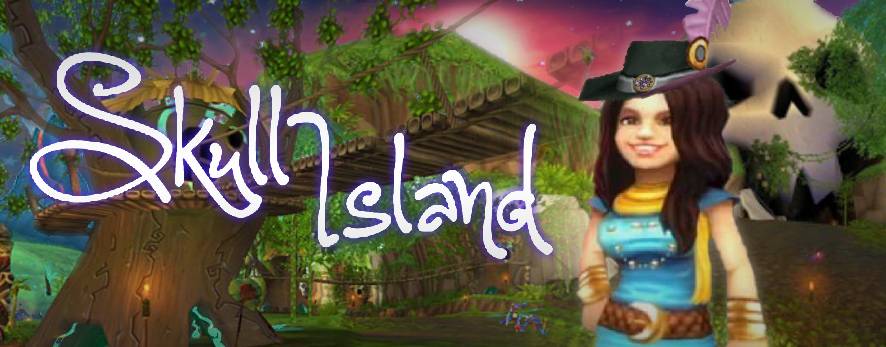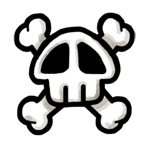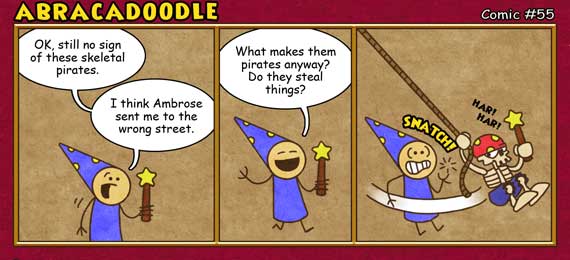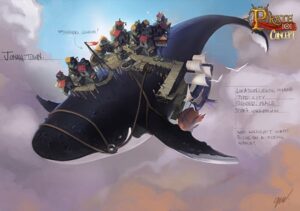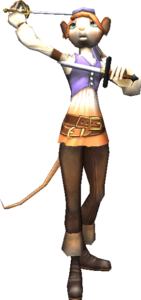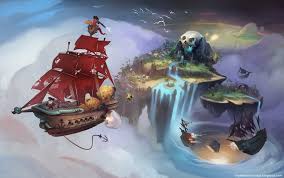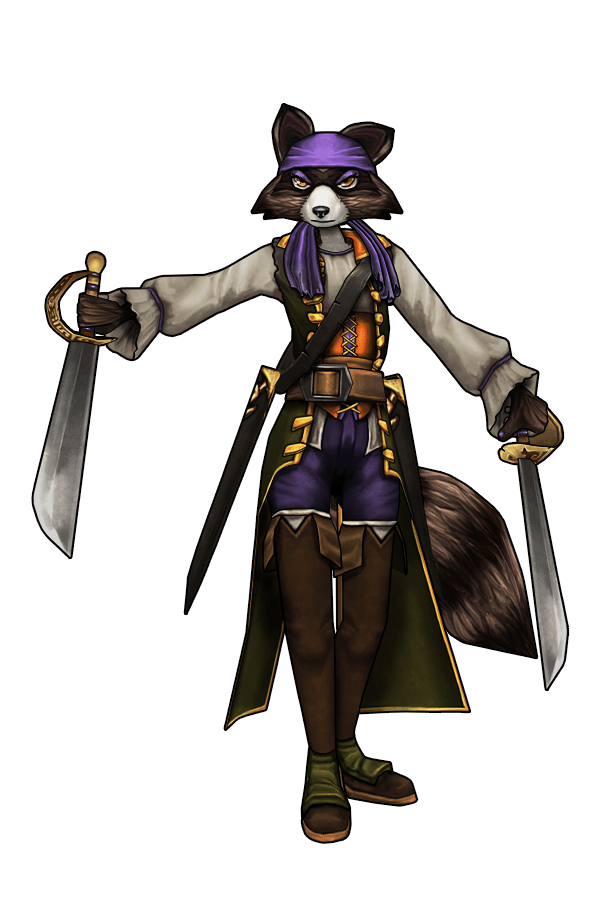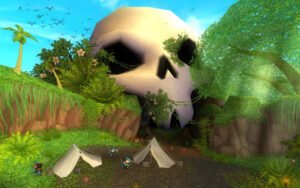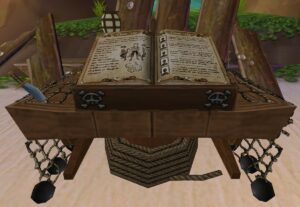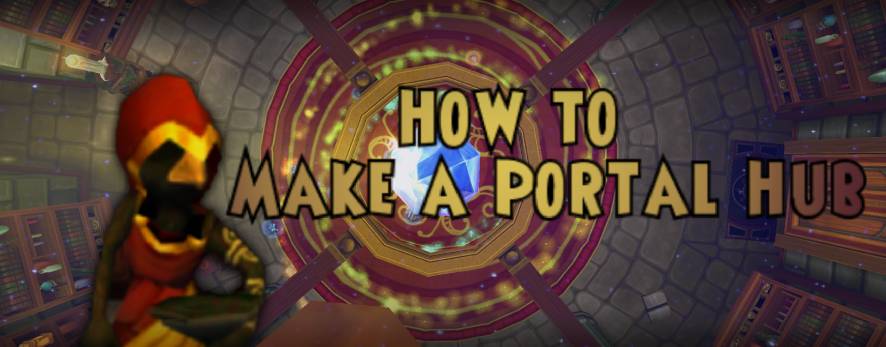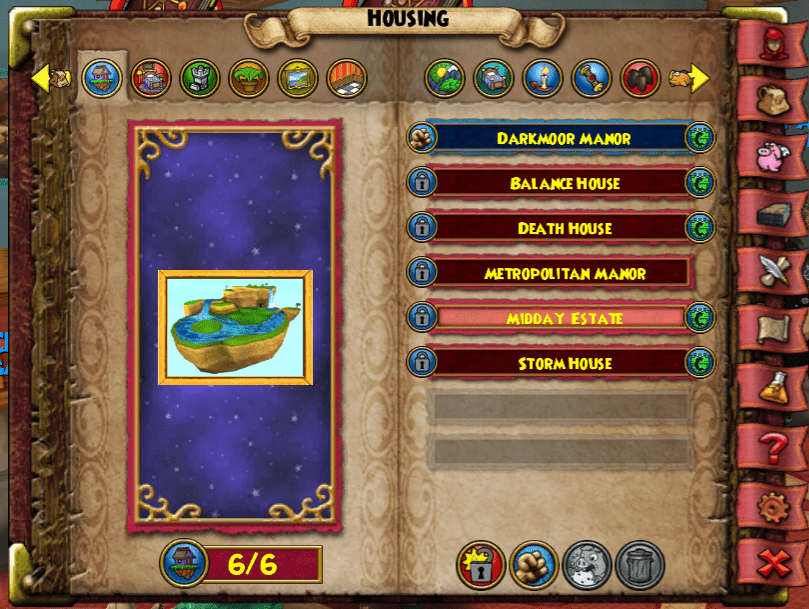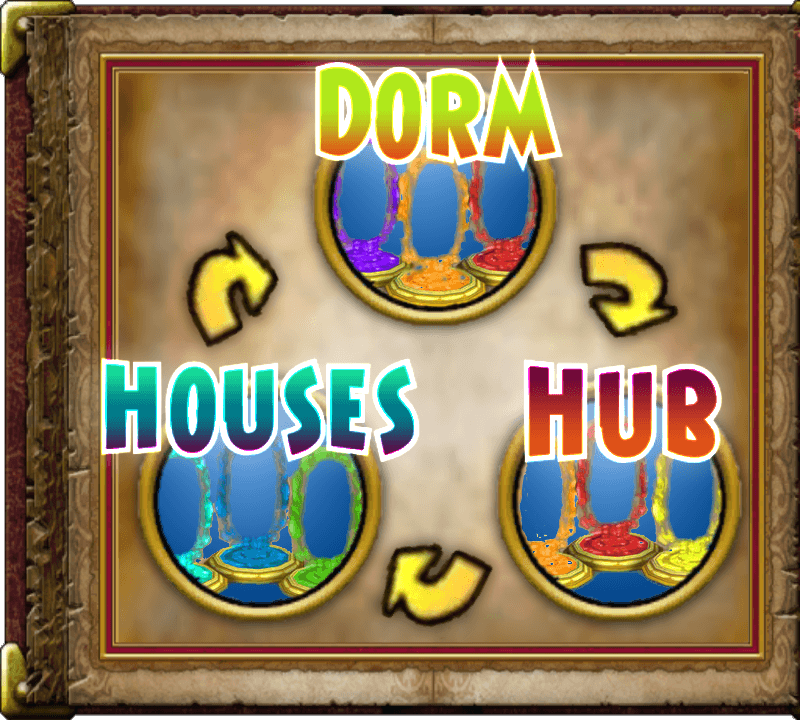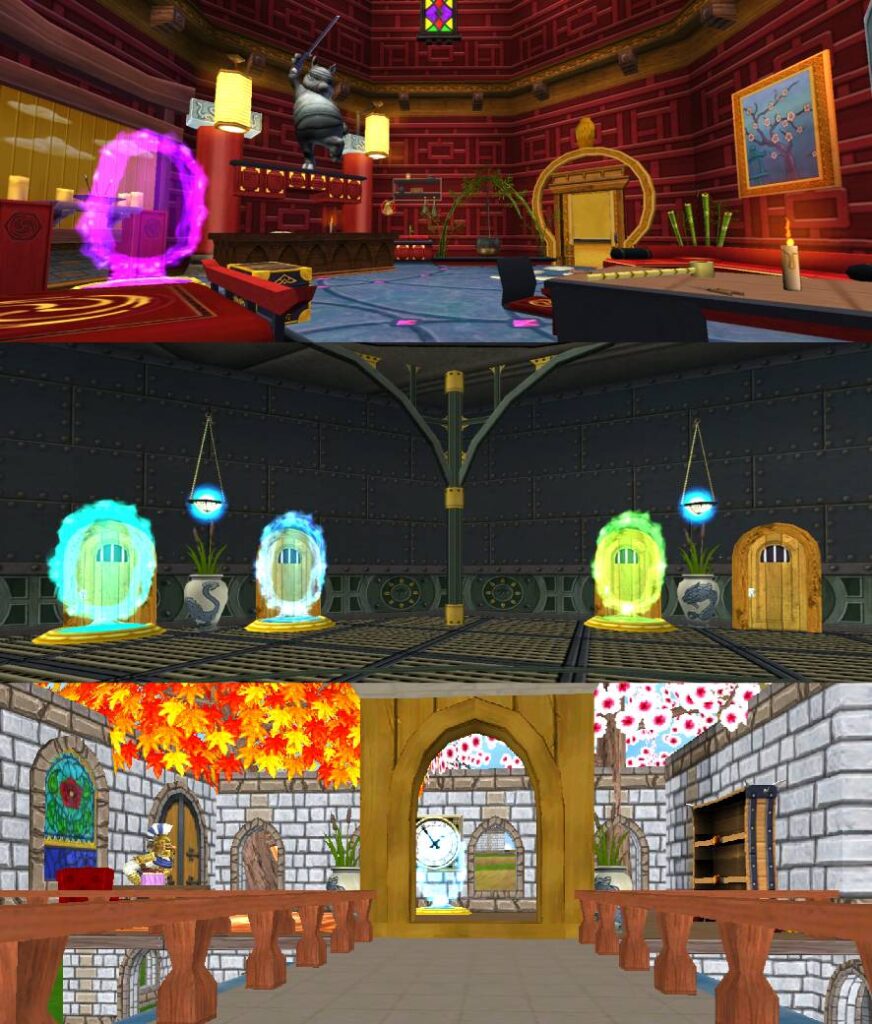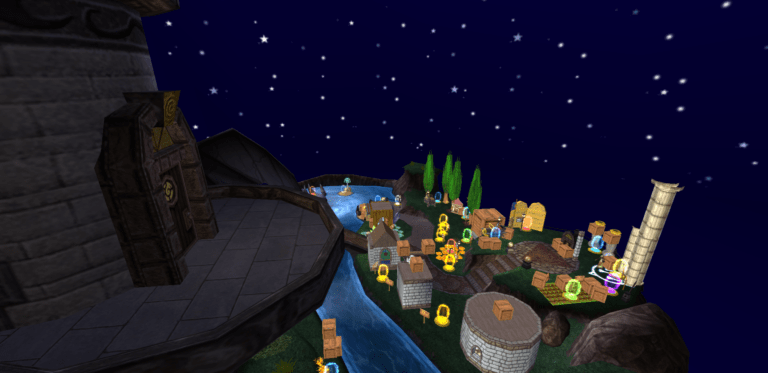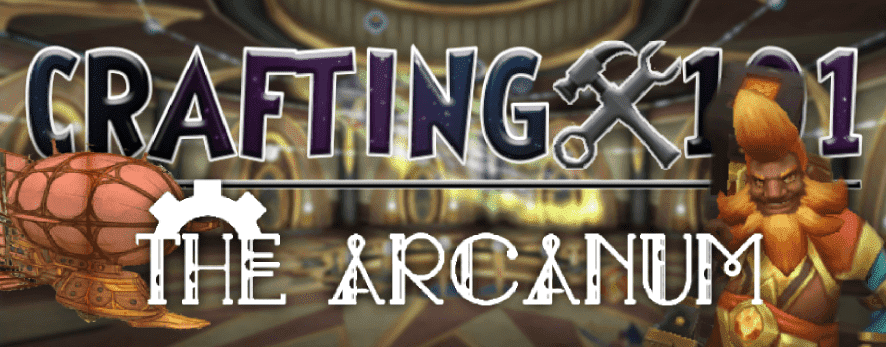

Welcome back to Crafting101, Young Wizard! Now that you have achieved your Promethean Crafter Badge, you are well on your way to become a Champion, Visionary, and/or a Revered Crafter. You may complete this crafting quest by teleporting to a friend or questing to this point.
Ignus Ferric
You will find Ignus Ferric in the Hall of Pyromancy within The Panopticon, The Arcanum. Once you talk to him, you will be assigned “Forging a Legend,” requiring you to read from The Repository and enter The Arcanum world crafting room. Upon completion, you will be seen as a Champion Crafter and earn 43,500 gold, which you will need later to buy the recipe for your Legendary weapon
After that, you will be assigned the quest “Legendary Tomfoolery.” This quest requires you to craft one Legendary sword specific to your school. Let’s take a look through the reagents required to craft these recipes!


Antiquities
For all of the recipes, 25 antiquities are required in each recipe. Antique Chalice, Antique Chest, Antique Coins, Antique Egg, Antique TeaPot, Antique Unicorn Statue are all considered “Antiquities.” You can find these in the sands of Mirage in places like the Alkali Barrows, Caravan Caterwaul Canyons, Eerem Palace, Istanboa, Rubal Wastes, Yakhal Mountain.

Stardust
Three Stardust is called for in all of the recipes. This is a rare harvest from Comet Tail, which you may find in Castle Darkmoor, and Sardonyx, Kondha Desert, and Crescent Beach, Khrysalis. The Transmute Recipe is listed below.

Astral Shard
There will be 10 Astral Shards required in every Legendary weapon. This is a difficult reagent to get because it is typically only a mob drop. Some mobs you might want to farm are the Cave Crawlers in The Hive, Khrysalis, Bacuda Commander and Sentinel in Kataba Iceblock, Polaris,

Ore
Fourty-five Ore is needed in the Legendary recipes. This is a common reagent, notably found throughout Wizard City, Krokotopia, and Dragonspyre. It can also be harvested from plants such the Dandelion, Fickle Pickle, Helephant Ears, and Snap Dragon.

Vine
In each of these recipes, 5 vines are called for. The Vine can be harvested from plants like Moonflowers, Huckleberries, Sunions, Maelstrom Snap Dragons, and Trumpet Vines. The mobs and bosses of Mirage also are able to drop this reagent as apart of their loot, so keep your eye pealed when questing. Brandon Mistborn sells this reagent for 400 Arena Tickets in Unicorn Way, Wizard City.

Golden Pearl
You will need 5 Golden Pearls for each Legendary weapon you craft. These are a rare harvest that you can find from pearls in Stormriven hall, The Grotto, The Portico, and Waterworks, Crab Alley. They may be harvested from Maelstrom Snap Dragon, Evil Magma Peas, Deadly Helephant Ears, and Fickle Pickles. The Gorilla, Minotaur, Magic Eggs, and Dragonfly all have this item as one of their daily rewards. The Transmute Recipe is listed below.
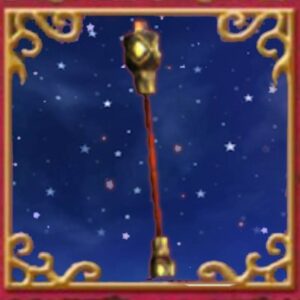
Ignus' Legendary Torchstaff

Meteor Strike
Ten Ra Treasure Cards are required in order to create our staff. This item is auctioned in the Bazaar for _ gold. This card is a drop from Ahnic Striders and Djeserit Dwellers in Krokotopia. Another way to obtain this card is by harvesting Burning Snap Dragons. As a Pyromancer, you have the ability to craft this card from Bernie for 500 gold.

Perfect Rubies
Thirty-five Perfect Rubies will be required for Ignus’ Legendary Torchstaff. Perfect Rubies cannot be found in the Spiral, which you may buy this reagent from Canica Sweet Chile, Archytas, or Noxolo Fasttrack for 100 gold per Ruby. You may also harvest this reagent from Ivy League and Maelstrom Snap Dragons.
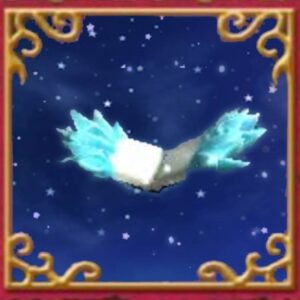
Tarrak's Legendary Frostome

Frost Giant
Ten Frost Giant Treasure Cards are required in order to create our tome. This item is auctioned in the Bazaar. You may also receive this Treasure Card as a reward for battling mobs in the Winterbane Gauntlet. You can harvest this from the White Tiger Lilly. As a Thaumaturge, you have the capability to craft this card from Carcinos in the Crustacean Empire, Celestia for 1,500 gold. In contrast, Librarian Fitzhume has this card available for 1,500 each.

Perfect Sapphires
You will need 35 Perfect Sapphires for this recipe. Perfct Sapphires cannot be found in the Spiral, which you are able to buy this reagent from Canica Sweet Chile, Archytas, or Noxolo Fasttrack for 100 gold per Sapphire. You may also harvest this reagent from Ivy League and Maelstrom Snap Dragons.
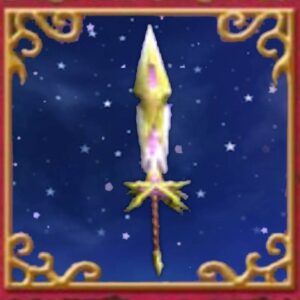
Ione's Legendary Sword

Tempest
Ten Tempest Treasure Cards are required in order to create our sword. This item is auctioned in the Bazaar. One way to get this card is to battle the Deep Woods Imps in Savarstaad Pass, Grizzleheim or Djeserit Dwellers in Krokotopia. You may harvest this from Burning Snap Dragons, Deadly Helephant Ears, Fiery Boom Shrooms, Fish on a Vine, and Maelstrom Snap Dragons. As a Diviner, you have the ability to craft this from Torrence for 1,200 gold.

Perfect Amethyst
You will need to get 35 Perfect Amethysts in order to craft Ione’s Legendary Sword. Perfect Amtheysts cannot be found in the Spiral, which you may buy this reagent from Canica Sweet Chile, Archytas, or Noxolo Fasttrack for 100 gold per Amethyst. You may also harvest this reagent from Ivy League and Maelstrom Snap Dragons.
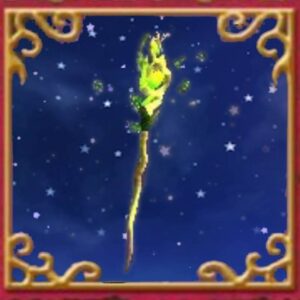
Zander's Legendary Staff

Rebirth
Ten Rebirth Treasure Cards are required in order to create our staff. This item is auctioned in the Bazaar. You may also receive this Treasure Card as a reward for battling mobs in the Winterbane Gauntlet. Through Queen Crape Myrtles, you are able to harvest this card. As a Theurgist, you are able to craft this Treasure Card from Carcinos in The Crustacean Empire, Celestia for 1,500 gold. In contrast, Librarian Fitzhume has this card available for 1,500 each.

Perfect Jade
You must aquire thirty-five Perfect Jades for thsi recipe. Perfect Jades cannot be found in the Spiral, which you may buy this reagent from Canica Sweet Chile, Archytas, or Noxolo Fasttrack for 100 gold per Jade. You may also harvest this reagent from Ivy League and Maelstrom Snap Dragons.
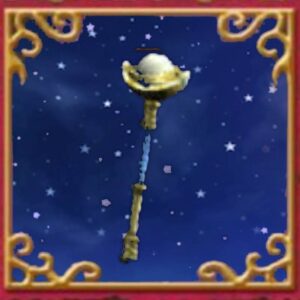
Baba Yaga's Legendary Mace
Orthrus

Ten Orthrus Treasure Cards are required in order to create our mace. This item is auctioned in the Bazaar. You may also receive this Treasure Card as a reward for battling mobs in the Winterbane Gauntlet. This card is harvestable from Silver Trumpet Vines. As a conjurer, you can craft this card from Carnicos’ recipe in The Crustacean Empire, Celestia for 1,500 gold. In contrast, Librarian Fitzhume has this card available for 1,500 each.

Perfect Peridot
Thirty-five Perfect Peridots will be used in this recipe. Perfect Peridots cannot be found in the Spiral, which you may buy this reagent from Canica Sweet Chile, Archytas, or Noxolo Fasttrack for 100 gold per Peridot. You may also harvest this reagent from Ivy League and Maelstrom Snap Dragons.
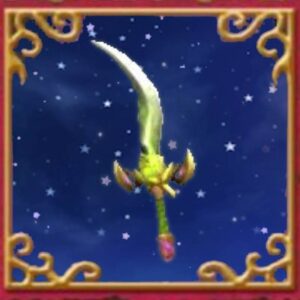
Qismah's Legendary Dagger

Scarecrow
Ten Scarecrow Treasure Cards are required in order to create our dagger. This item is auctioned in the Bazaar. You may also receive this Treasure Card as a reward for battling Hobgoblin fiends in High Road, Avalon. The Deadly Flytrap, Deadly Helephant Ears, and Rotten Beats give this card in their harvests. As a Necromancer, you are able to craft this Treasure Card from Carcinos’ recipe in The Crustacean Empire, Celestia for 1,500 gold. In contrast, Librarian Fitzhume has this card available for 1,500 each.

Perfect Onyx
We will need thirty-five Perfect Onyxes for Qismah’s Legendary Dagger. Perfect Onyxes cannot be found in the Spiral, which you may buy this reagent from Canica Sweet Chile, Archytas, or Noxolo Fasttrack for 100 gold per Onyx. You may also harvest this reagent from Ivy League and Maelstrom Snap Dragons.
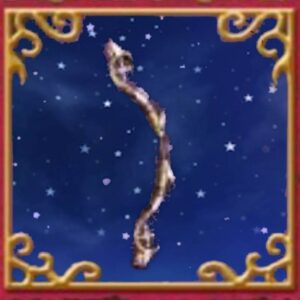
Jaki's Legendary Bow

Power Nova
Ten Power Nova Treasure Cards are required in order to create our bow. This item is auctioned in the Bazaar. You may also receive this Treasure Card as a reward for battling the Fomori Giants in The Wild, Avalon. Harvesting the Fiery Boom Sroom may yield this card as a reward. As a Sorcerer, you have the ability to craft this card from Carcinos’ recipe for 1,500 gold in The Crustacean Empire, Celestia. In contrast, Librarian Fitzhume has this card available for 1,500 each.

Perfect Citrine
Thirty-five Perfect Citrines will be needed to create Jaki’s Legendary Bow. Perfect Citrines cannot be found in the Spiral, which you may buy this reagent from Canica Sweet Chile, Archytas, or Noxolo Fasttrack for 100 gold per Citrine. You may also harvest this reagent from Ivy League and Maelstrom Snap Dragons.
Completion
Now that you have all your ingredients, go to The Arcanum world Crafting Station and craft your legendary weapon. Once you have turned in the quest, you will be awarded one crafting slot, 10,000 gold, and your Visionary Crafter badge. Congratulations, young wizard! We will now continue on to become a Revered Crafter now in Ignus’ next quest, “Hi-Yo Silver Chest.”
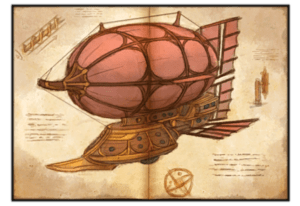
 Aethyr Ore
Aethyr Ore
 Shining Scales
Shining Scales
 Shocked Key
Shocked Key
There will be 10 Shocked Keys needed in order to craft this our focused weapon. As titled on the card, “This key was found in a Silver Chest” is most likely how you will farm these. This reagent can also be harvested from Key Limes.

Flying Squid Ink
 Participation Trophy
Participation Trophy

Your Legendary Weapon
The weapon you crafted previously is an essential element to crafting your new one. The rarer reagents listed above will focus its power and enhance itself.
The Crystal Gems
 You will need 35 more of your school-specific gem from the previous recipe. Locations have been mentioned previously.
You will need 35 more of your school-specific gem from the previous recipe. Locations have been mentioned previously.
Transmute Recipes
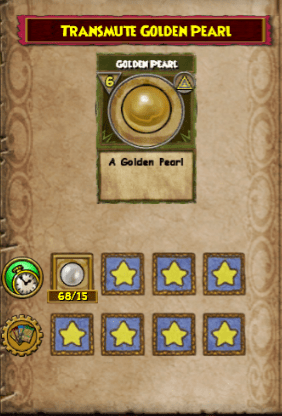
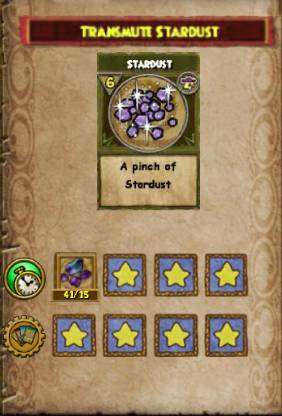
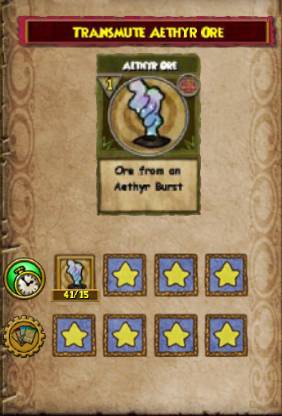
Golden Pearl
Golden Pearls can be created with 15 typical pearls. I have no doubt you already have this recipe from previous guides, but you may this recipe be sold for 600 gold by Avery Templeton in Survey Camp, Celestia.
Stardust
Stardust can be created with 15 Comet Tails. Comet Tails can be found in Crescent Beach, Sardonyx, and Kondha Desert, Khrysalis as well as Darkmoor and Aerial Shores, Empyrea. This recipe is sold for 5,000 gold by Zellozosia the HomeGilder.
Aethyr Ore
Aethyr Ore can be created with 15 Aethyr Dust. As you go about Empyrea harvesting the reagents for Aethyr Ore, you will also collect Aethyr Dust in the meantime. This recipe is sold for 10,000 by Lolligo in Aerial Shores.
Completion

Now that you have all your ingredients, go to The Arcanum World Crafting Station and craft your focused weapon. Once you have turned in the quest, you will be awarded 30,000 gold and your Revered Crafter badge. Congratulations, young wizard!
Thank you, Starlights, for joining me crafting and collecting reagents! Our next season of Crafting101 guides will feature the craftable houses, starting off with the Watchtower Hall.
